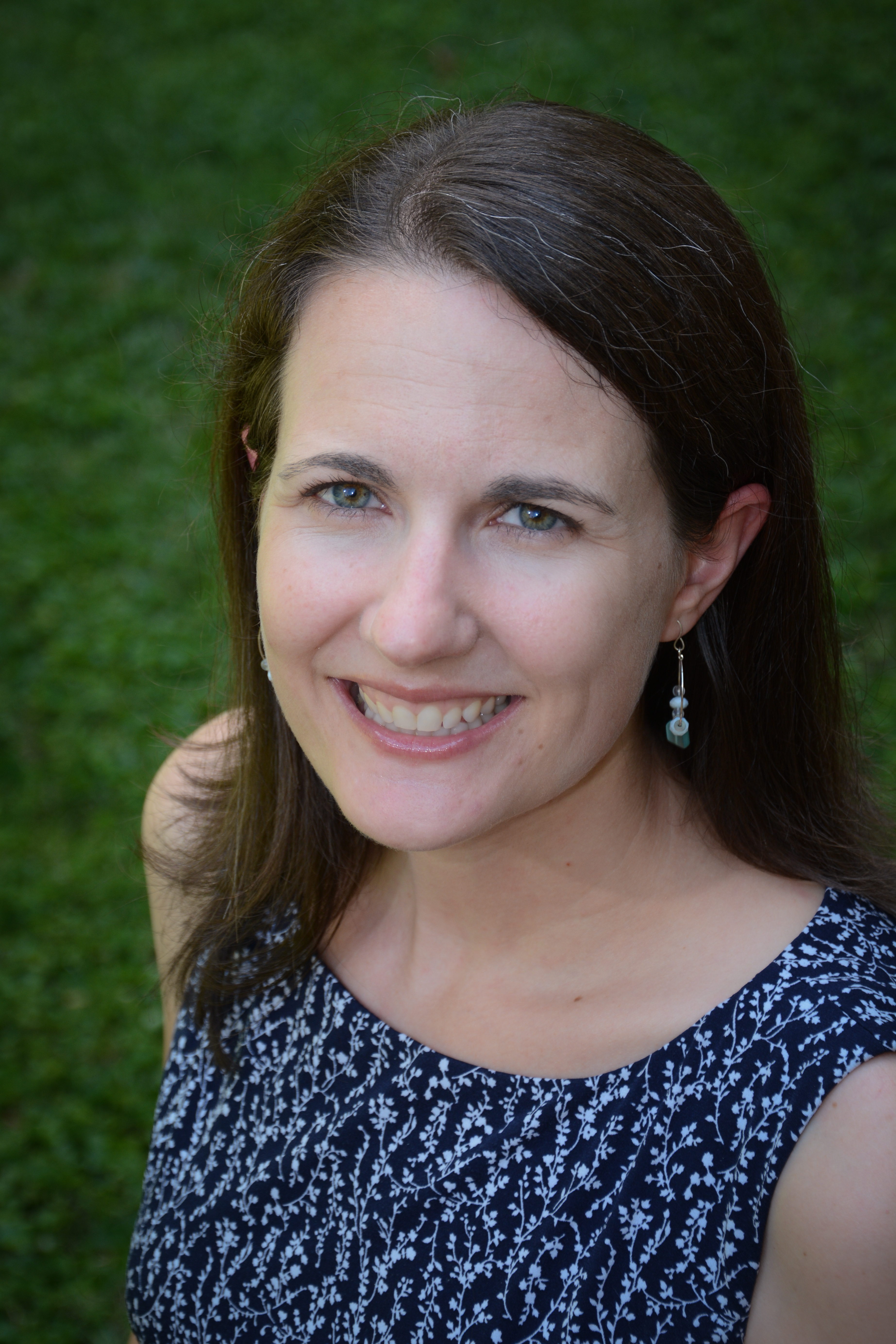Fund Type Management
Options
Our organization (a children’s residential group home) has been in existence for 121 years and has been a user of Raiser’s Edge and Financial Edge for 26 years. Our ministry is made up of:
EXAMPLE: Constituent Code = Individual – we have over 20 funds associated with this code:
Our ultimate goal would be for the data and graphs in NXT would only display Public Support – Individuals, Business, Foundations, Estate/Trust and Community Organization.
We realize that Raiser’s Edge looks at “fund type” where Financial Edge looks at the general ledger number.
Our questions to the Blackbaud Community members are as follows:
- 2 Programs
- Residential Care
- 3 campuses
- 12 cottages
- 8 Children per cottage
- Foster Care
- Tennessee
- Mississippi
- Residential Care
- Auxiliary Services
- 2 Thrift Stores
- Plant Nursery
EXAMPLE: Constituent Code = Individual – we have over 20 funds associated with this code:
- Undesignated Gifts
- Individual – General Fund
- Designated Gifts
- Individual – Education
- Individual - Horse Program
- Individual – Campus A
- Individual – Campus B
- Individual – Cottage X
- Individual – Cottage Y
- Individual – Child 1
- Individual – Child 2
- Individual - etc. etc. etc.
Our ultimate goal would be for the data and graphs in NXT would only display Public Support – Individuals, Business, Foundations, Estate/Trust and Community Organization.
We realize that Raiser’s Edge looks at “fund type” where Financial Edge looks at the general ledger number.
Our questions to the Blackbaud Community members are as follows:
- If your organization does "cost accounting" is your RE/FE systems this complex and how do you manage your funds in Raiser’s Edge vs. Financial Edge?
- What recommendations would you have in simplifying this process but still perform true “cost accounting”?
- Is there a way for Raiser’s Edge to recognize the 4-digit code in Fund ID that is being utilized in Financial Edge?
- Is there a way to somehow use the Constituent Codes (i.e. Description or Code) in Raiser’s Edge to build a level with in the system and let the hierarchy of funds (Program, Campus, Cottage, Child) roll in to the “master fund” (Individual)?
- Can the NXT tools be used by pulling constituent codes (INDIV, BUSIN, FOUND, ESTAT, etc.) from the Miscellanious Gift tab?
Tagged:
0
Comments
-
Leon Manning:
Our organization (a children’s residential group home) has been in existence for 121 years and has been a user of Raiser’s Edge and Financial Edge for 26 years. Our ministry is made up of:- 2 Programs
- Residential Care
- 3 campuses
- 12 cottages
- 8 Children per cottage
- Foster Care
- Tennessee
- Mississippi
- Residential Care
- Auxiliary Services
- 2 Thrift Stores
- Plant Nursery
EXAMPLE: Constituent Code = Individual – we have over 20 funds associated with this code:- Undesignated Gifts
- Individual – General Fund
- Designated Gifts
- Individual – Education
- Individual - Horse Program
- Individual – Campus A
- Individual – Campus B
- Individual – Cottage X
- Individual – Cottage Y
- Individual – Child 1
- Individual – Child 2
- Individual - etc. etc. etc.
Our ultimate goal would be for the data and graphs in NXT would only display Public Support – Individuals, Business, Foundations, Estate/Trust and Community Organization.
We realize that Raiser’s Edge looks at “fund type” where Financial Edge looks at the general ledger number.
Our questions to the Blackbaud Community members are as follows:- If your organization does "cost accounting" is your RE/FE systems this complex and how do you manage your funds in Raiser’s Edge vs. Financial Edge?
- What recommendations would you have in simplifying this process but still perform true “cost accounting”?
- Is there a way for Raiser’s Edge to recognize the 4-digit code in Fund ID that is being utilized in Financial Edge?
- Is there a way to somehow use the Constituent Codes (i.e. Description or Code) in Raiser’s Edge to build a level with in the system and let the hierarchy of funds (Program, Campus, Cottage, Child) roll in to the “master fund” (Individual)?
- Can the NXT tools be used by pulling constituent codes (INDIV, BUSIN, FOUND, ESTAT, etc.) from the Miscellanious Gift tab?
I'm not sure what you're having trouble balancing, but I think that the constituent code may be complicating your funds. Is there a reason for your finance department to need to know that the money came from an individual versus a church or a business? So, if I gave you an unrestricted gift and my church gave one also, would the money need to be tracked separately by Finance or would it ultimately go into the same line on the budget? If you don't have to separate the constituent codes on the Finance side, you could streamline your funds to overall areas of giving and use Constituent codes for Development reports only. I think that would help you all on the NXT side as well, though I haven't been in NXT to double check my suspicion on that front.
Do you have your funds linked between RE and FE (particularly, do you have the two integrated)? If not, I would start with that and link the GL codes for each gift type for every fund. Even if you don't want to integrate the two, setting up the GL codes is super helpful and gives you access to some really great balancing reports.
3 - 2 Programs
Categories
- All Categories
- Shannon parent
- shannon 2
- shannon 1
- 21 Advocacy DC Users Group
- 14 BBCRM PAG Discussions
- 89 High Education Program Advisory Group (HE PAG)
- 28 Luminate CRM DC Users Group
- 8 DC Luminate CRM Users Group
- Luminate PAG
- 5.9K Blackbaud Altru®
- 58 Blackbaud Award Management™ and Blackbaud Stewardship Management™
- 409 bbcon®
- 2.1K Blackbaud CRM™ and Blackbaud Internet Solutions™
- donorCentrics®
- 1.1K Blackbaud eTapestry®
- 2.8K Blackbaud Financial Edge NXT®
- 1.1K Blackbaud Grantmaking™
- 527 Education Management Solutions for Higher Education
- 1 JustGiving® from Blackbaud®
- 4.6K Education Management Solutions for K-12 Schools
- Blackbaud Luminate Online & Blackbaud TeamRaiser
- 16.4K Blackbaud Raiser's Edge NXT®
- 4.1K SKY Developer
- 547 ResearchPoint™
- 151 Blackbaud Tuition Management™
- 1 YourCause® from Blackbaud®
- 61 everydayhero
- 3 Campaign Ideas
- 58 General Discussion
- 115 Blackbaud ID
- 87 K-12 Blackbaud ID
- 6 Admin Console
- 949 Organizational Best Practices
- 353 The Tap (Just for Fun)
- 235 Blackbaud Community Feedback Forum
- 55 Admissions Event Management EAP
- 18 MobilePay Terminal + BBID Canada EAP
- 36 EAP for New Email Campaigns Experience in Blackbaud Luminate Online®
- 109 EAP for 360 Student Profile in Blackbaud Student Information System
- 41 EAP for Assessment Builder in Blackbaud Learning Management System™
- 9 Technical Preview for SKY API for Blackbaud CRM™ and Blackbaud Altru®
- 55 Community Advisory Group
- 46 Blackbaud Community Ideas
- 26 Blackbaud Community Challenges
- 7 Security Testing Forum
- 1.1K ARCHIVED FORUMS | Inactive and/or Completed EAPs
- 3 Blackbaud Staff Discussions
- 7.7K ARCHIVED FORUM CATEGORY [ID 304]
- 1 Blackbaud Partners Discussions
- 1 Blackbaud Giving Search™
- 35 EAP Student Assignment Details and Assignment Center
- 39 EAP Core - Roles and Tasks
- 59 Blackbaud Community All-Stars Discussions
- 20 Blackbaud Raiser's Edge NXT® Online Giving EAP
- Diocesan Blackbaud Raiser’s Edge NXT® User’s Group
- 2 Blackbaud Consultant’s Community
- 43 End of Term Grade Entry EAP
- 92 EAP for Query in Blackbaud Raiser's Edge NXT®
- 38 Standard Reports for Blackbaud Raiser's Edge NXT® EAP
- 12 Payments Assistant for Blackbaud Financial Edge NXT® EAP
- 6 Ask an All Star (Austen Brown)
- 8 Ask an All-Star Alex Wong (Blackbaud Raiser's Edge NXT®)
- 1 Ask an All-Star Alex Wong (Blackbaud Financial Edge NXT®)
- 6 Ask an All-Star (Christine Robertson)
- 21 Ask an Expert (Anthony Gallo)
- Blackbaud Francophone Group
- 22 Ask an Expert (David Springer)
- 4 Raiser's Edge NXT PowerUp Challenge #1 (Query)
- 6 Ask an All-Star Sunshine Reinken Watson and Carlene Johnson
- 4 Raiser's Edge NXT PowerUp Challenge: Events
- 14 Ask an All-Star (Elizabeth Johnson)
- 7 Ask an Expert (Stephen Churchill)
- 2025 ARCHIVED FORUM POSTS
- 322 ARCHIVED | Financial Edge® Tips and Tricks
- 164 ARCHIVED | Raiser's Edge® Blog
- 300 ARCHIVED | Raiser's Edge® Blog
- 441 ARCHIVED | Blackbaud Altru® Tips and Tricks
- 66 ARCHIVED | Blackbaud NetCommunity™ Blog
- 211 ARCHIVED | Blackbaud Target Analytics® Tips and Tricks
- 47 Blackbaud CRM Higher Ed Product Advisory Group (HE PAG)
- Luminate CRM DC Users Group
- 225 ARCHIVED | Blackbaud eTapestry® Tips and Tricks
- 1 Blackbaud eTapestry® Know How Blog
- 19 Blackbaud CRM Product Advisory Group (BBCRM PAG)
- 1 Blackbaud K-12 Education Solutions™ Blog
- 280 ARCHIVED | Mixed Community Announcements
- 3 ARCHIVED | Blackbaud Corporations™ & Blackbaud Foundations™ Hosting Status
- 1 npEngage
- 24 ARCHIVED | K-12 Announcements
- 15 ARCHIVED | FIMS Host*Net Hosting Status
- 23 ARCHIVED | Blackbaud Outcomes & Online Applications (IGAM) Hosting Status
- 22 ARCHIVED | Blackbaud DonorCentral Hosting Status
- 14 ARCHIVED | Blackbaud Grantmaking™ UK Hosting Status
- 117 ARCHIVED | Blackbaud CRM™ and Blackbaud Internet Solutions™ Announcements
- 50 Blackbaud NetCommunity™ Blog
- 169 ARCHIVED | Blackbaud Grantmaking™ Tips and Tricks
- Advocacy DC Users Group
- 718 Community News
- Blackbaud Altru® Hosting Status
- 104 ARCHIVED | Member Spotlight
- 145 ARCHIVED | Hosting Blog
- 149 JustGiving® from Blackbaud® Blog
- 97 ARCHIVED | bbcon® Blogs
- 19 ARCHIVED | Blackbaud Luminate CRM™ Announcements
- 161 Luminate Advocacy News
- 187 Organizational Best Practices Blog
- 67 everydayhero Blog
- 52 Blackbaud SKY® Reporting Announcements
- 17 ARCHIVED | Blackbaud SKY® Reporting for K-12 Announcements
- 3 Luminate Online Product Advisory Group (LO PAG)
- 81 ARCHIVED | JustGiving® from Blackbaud® Tips and Tricks
- 1 ARCHIVED | K-12 Conference Blog
- Blackbaud Church Management™ Announcements
- ARCHIVED | Blackbaud Award Management™ and Blackbaud Stewardship Management™ Announcements
- 1 Blackbaud Peer-to-Peer Fundraising™, Powered by JustGiving® Blogs
- 39 Tips, Tricks, and Timesavers!
- 56 Blackbaud Church Management™ Resources
- 154 Blackbaud Church Management™ Announcements
- 1 ARCHIVED | Blackbaud Church Management™ Tips and Tricks
- 11 ARCHIVED | Blackbaud Higher Education Solutions™ Announcements
- 7 ARCHIVED | Blackbaud Guided Fundraising™ Blog
- 2 Blackbaud Fundraiser Performance Management™ Blog
- 9 Foundations Events and Content
- 14 ARCHIVED | Blog Posts
- 2 ARCHIVED | Blackbaud FIMS™ Announcement and Tips
- 59 Blackbaud Partner Announcements
- 10 ARCHIVED | Blackbaud Impact Edge™ EAP Blogs
- 1 Community Help Blogs
- Diocesan Blackbaud Raiser’s Edge NXT® Users' Group
- Blackbaud Consultant’s Community
- Blackbaud Francophone Group
- 1 BLOG ARCHIVE CATEGORY
- Blackbaud Community™ Discussions
- 8.3K Blackbaud Luminate Online® & Blackbaud TeamRaiser® Discussions
- 5.7K Jobs Board





